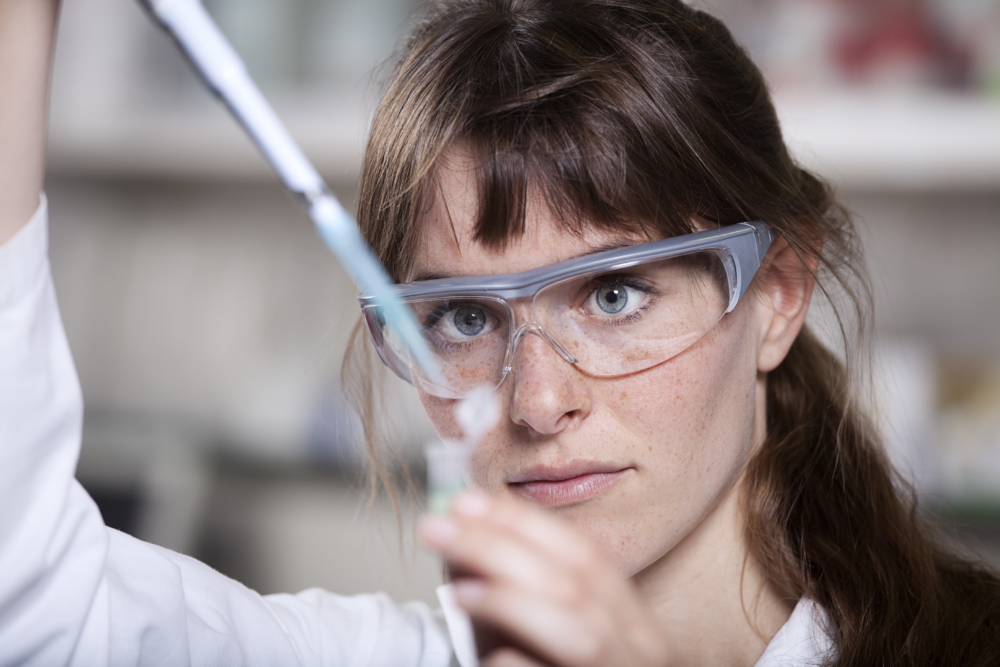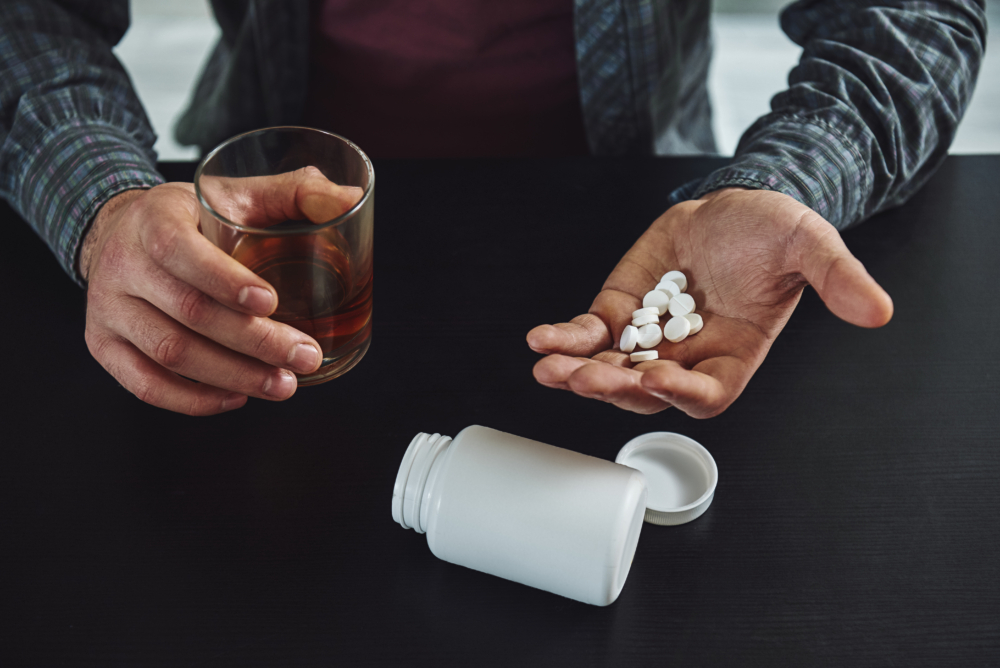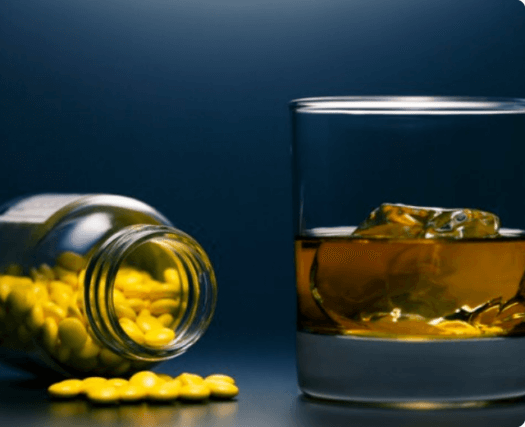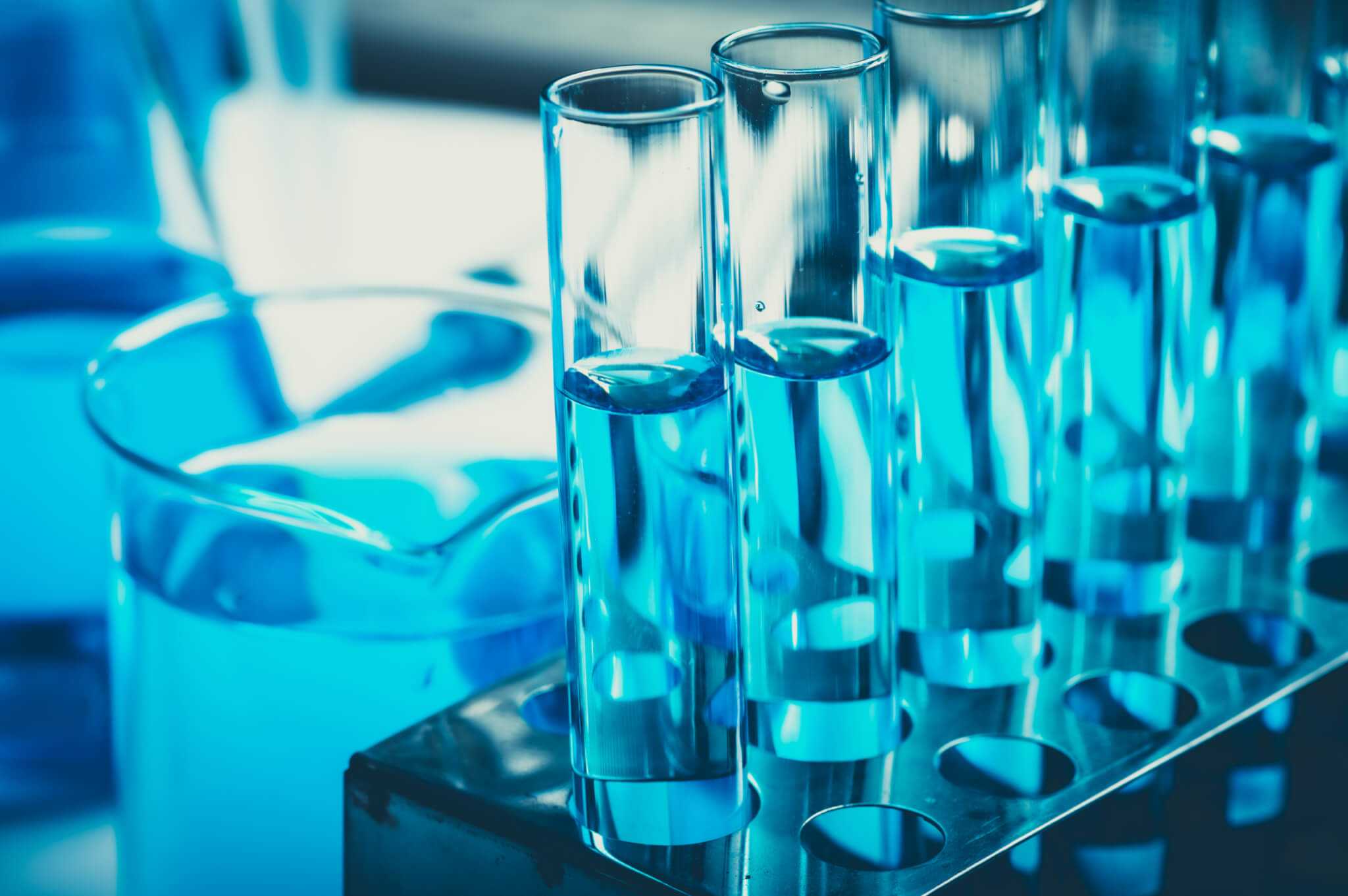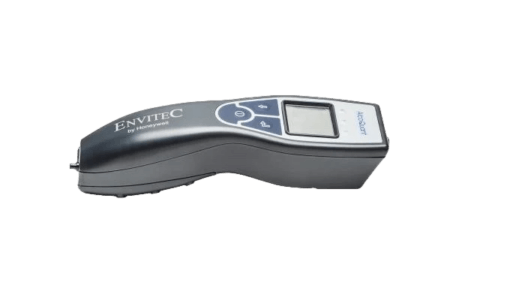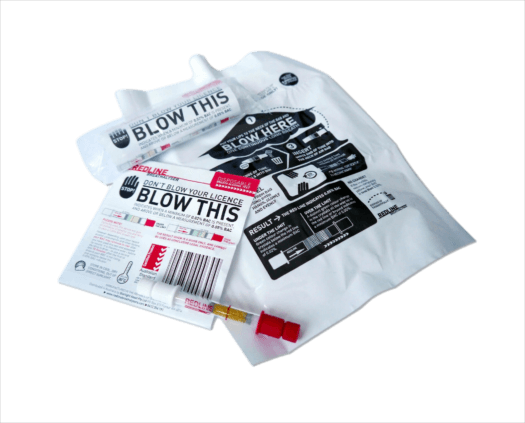What we do
If you find physical evidence that suggests probable drug use on your site, the first step before personnel testing is to externally examine the evidence itself.
Suspicious substances can range from:
- Tablets or capsules
- White powders, crystals or granules
- Liquid residues in bottles, vials, or sachets
- Needles and syringes
- Pipes and bongs.
Even if you have a drug and alcohol policy, they can often forget to mention the steps to be made if the evidence cannot be attributed to a specific individual.
AusHealth offers expert and discreet collection and testing, and provides advice should the investigation produce a non-negative result.
What do I need to do first?
Upon discovery of the scene, a responsible person needs to be identified in order to manage all aspects of the investigation process.
This person will need to record the circumstances of the discovery, including:
- Photographs of the evidence in situ
- A description where the material was found
- The identity of who made the discovery
- How the person came to discover the evidence
- Any identifying characteristics of the location (e.g. office, locker, etc)
- Anyone who might have access to the location.
This information is especially important, should you need to file a future report or legal claim.
How do we collect suspicious materials?
Upon finding, it is essential that the discovery is handled as little as possible before AusHealth intervenes.
By not doing so, you may be at risk of potential contamination or injury from the substance, even if it is in a resealable bag, bottle or other container. This is especially likely with syringes and needles, which pose a risk of penetration injury and injection of unknown substances, infective agents, and body fluids.
On arrival to your worksite, an AusHealth collector will safely obtain this evidence and send the specimen to our laboratories for testing.
What is the testing process?
Once the material has been safely obtained, it will be sent off for testing at one of AusHealth’s NATA-accredited partner laboratories under chain-of-custody conditions.
Timing turnaround for testing can depend on the type of substance.
What happens next?
Once a result has returned, your individual workplace safety policy may dictate that these kinds of discoveries, even ir unconfirmed, are to be reported to the police. This depends on the nature of the material discovered, including:
- The nature of the material discovered (i.e. powders, crystals, etc.)
- The quantity detected
- The likelihood of drug presence on your worksite.
In addition, there may be investigative steps for your business, including testing some or all of your workforce for drug use, implementing regular random workplace drug tests, engaging workers with health-based information sessions, or developing an Employee Assistance Program to help workers struggling with drug misuse.
Bear in mind that mints, vitamins and supplements and other innocuous materials may have an appearance similar to drug and medical products, so expert advice is always essential. This is not the time to ‘suck and see’!


